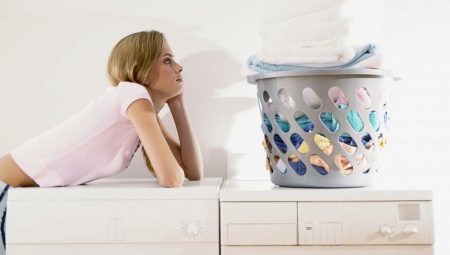It is impossible to imagine a comfortable sleep and relaxation without such an important attribute as bedding. For linen to last as long as possible, while maintaining a flawless appearance and rich color, you need to know how to wash and care for it.
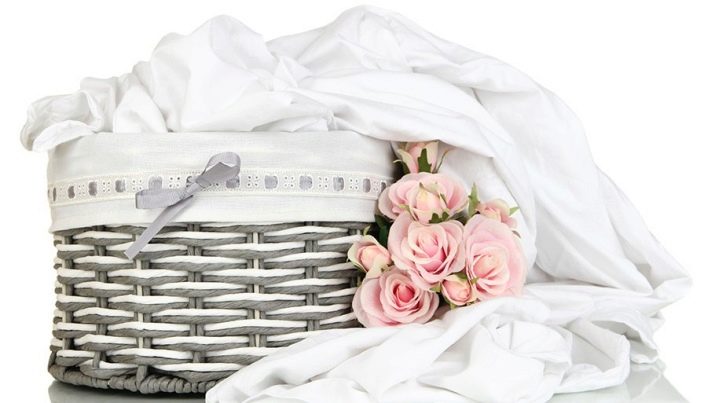
rules
In order to keep bedding neat for a long time and keep their appearance, The following rules must be observed:
- Be sure to follow the recommendations indicated on the packaging and product labels. As a rule, it indicates the composition of the material and information on the modes of ironing, washing and bleaching;
- Before applying a new set of bedding, it is recommended to wash it using the pre-wash mode;
- Before loading the laundry into the washing machine, it must be turned inside out. If there are locks on duvet covers and pillowcases, it is important to close them so as not to tear the fabric;
- Wash colored fabrics must be separate from white. Otherwise, snow-white textiles will take on a completely different shade;
- Bed linen, different in composition of the fabric is washed separately from each other, at a certain washing mode and temperature;

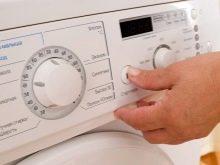
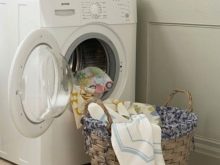
- You can’t load the machine drum more than half, otherwise things do not extend well;
- Children's underwear sets must be washed with special means with a safe composition and separately from adult things;
- It is not recommended to carry out washing of bed linen at home simultaneously with clothes;
- Try not to use bleach, as it destroys the color of the fabric;
- It is advisable to use liquid gels for washing, they are completely washed away from things;
- If aggressive chemicals were used during washing, then rinse things at least twice.
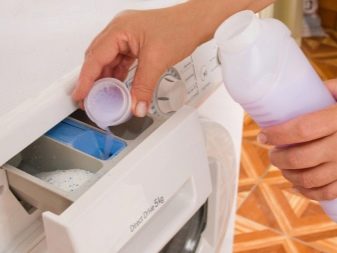
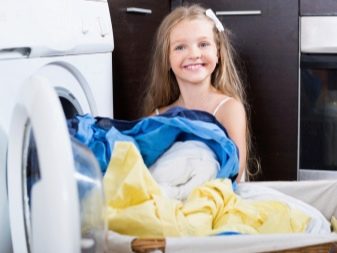
Ways
To date, housewives wash linens in the washing machine or with their hands.
For high-quality washing of things in an automatic machine, you need to know at what temperature to do this and using what program.
To set this or that mode for washing it is initially worth finding out from what fabric the product is sewn. For example, cotton products are washed on a special program for cotton, and linen from silk and bright color sets on the mode for delicate things at a water temperature of no more than 40 degrees. For synthetic materials choose the program "synthetics".

Sometimes there are situations when you have to wash sets with your hands. For example, if a washing machine is suddenly broken or electricity is turned off in a house. Let’s figure out how to manually wash the laundry.
First you need to soak the bedding in water, adding detergents there. The water temperature must correspond to that indicated on the product label. Water should completely cover the laundry. After about an hour, you just have to rinse things thoroughly so that the water becomes clean and without foam.
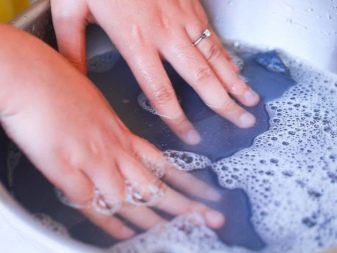
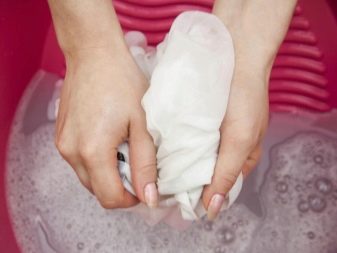
By type of fabric
The durability of bedding is directly related to the proper care of them. Washing products and choosing the right mode depend on the type of fabric:
- Cotton, linen. To wash cotton and linen, apply sufficiently high temperatures. The optimum temperature is 60 degrees, but in case of disinfection of products, washing is also possible at 95 degrees. Also allow spinning at maximum speeds;
- Satin To care for it, powders without bleach are used. Suitable temperature - 40-60 degrees, spin - 600 rpm. With proper care, satin sets will remain bright and tidy after 200 or even 300 washings;
- Bamboo. The bamboo fabric is washed without the use of bleach, dry cleanings, on a delicate mode at 30 degrees, using a weak spin;
- Calico Do not pre-soak to prevent color changes. The recommended temperature indicator is 40 degrees. Coarse calico sets withstand about 200 washings;



- Silk. Silk bed linen is washed manually without spin. The maximum temperature is 30 degrees. To soften the fabric and antistatic effect it is worth using conditioner. Despite the fact that silk is an elite material, it withstands about 300 washes;
- Poplin. Strong, unpretentious and almost wrinkled fabric. Poplinovy linen is washed on the program "cotton", squeezed at 600 rpm;
- Percale. This fabric is considered one of the best, but it does not require special care. The first wash of the product should be carried out at 20 degrees, all the rest - at 60;
- Jacquard. It belongs to the elite types of textiles. To keep the jacquard linen bright much longer, it is washed at a temperature of no more than 40 degrees;
- Viscose. This stuff is very delicate. It is important to wash it at temperature indicators from 20 to 40 degrees. Viscose products must not be squeezed.
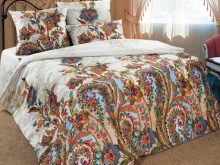
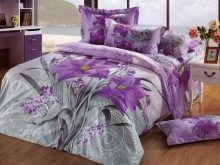

Color
Before washing bed sets, you must sort it into color and white.
Even if you know that color sets do not fade, then still their proximity to white things in the washing machine is unacceptable.
The first few times after the purchase colored laundry is washed at a temperature of 20-30 degrees. In the future, washing at 40 or 60 degrees is possible. For such fabrics, colored laundry detergents are used. As a rule, the inscription “Color” is indicated on these powders and liquid gels. If the colored product is very dirty, it is washed in the “prewash” mode.

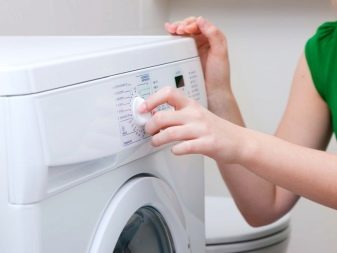
Baby
In order for the smallest households to have a sound and healthy sleep, you need to know how to properly care for baby bedding.
Previously, the main aspect in washing children's clothes was boiling. Now, with the advent of automatic machines and special care products, washing began to look different. The main thing is to follow some rules:
- Children should wash their clothes separately from the things of other family members. It is best to have a separate laundry basket for them;
- It is recommended to wash immediately, so that the material absorbs less dirt;
- Use only hypoallergenic washing powders and gels made specifically for children;
- If the product has traces of juice, baby food or other food, then before the main wash it needs to be washed;
- Carefully rinse the laundry;
- Do not dry in the street to avoid getting dirt on textiles;
- Ironing baby clothes is recommended at least until the child is three years old.
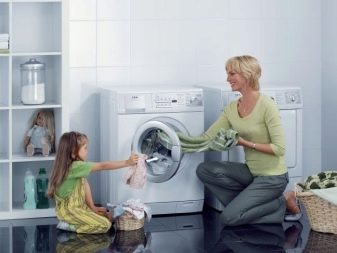
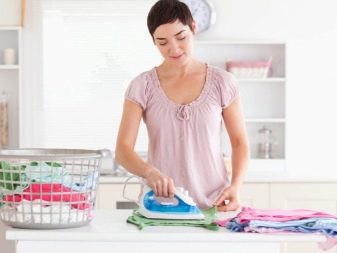
Newborn bedding needs to be washed at a temperature of 90-95 degrees or using a special program in the machine for washing children's things. For bedding older children set the washing mode depending on the type of fabric. Most often, children's products are sewn from cotton. After the main wash, it is necessary to rinse the laundry in addition to completely wash off the remnants.
Proper detergents for washing baby clothes should be virtually odorless. Their label usually has a 0+ sign. The composition should not contain perfumes, chlorine and phosphates.
When pouring powder into the machine, it is important to follow the recommended dosage.
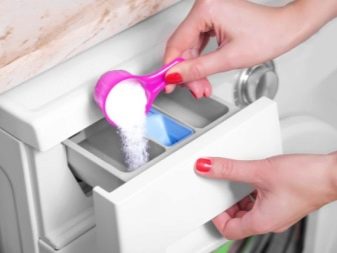
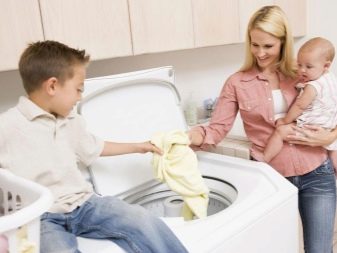
Getting rid of yellowness
Fans of bedding in snow-white tones notice that after a short period of time their favorite light sets turn yellow or turn gray. The reason is that the elements in the powder react with the hardness salts in the water, thereby coloring the material. In addition, bedding becomes yellowness if you do not use them for a long time or store them next to stale things.
There are many ways to return the color to white. But you need to keep in mind that not all fabrics can be bleached, and linen from delicate fabrics is best left to dry clean.
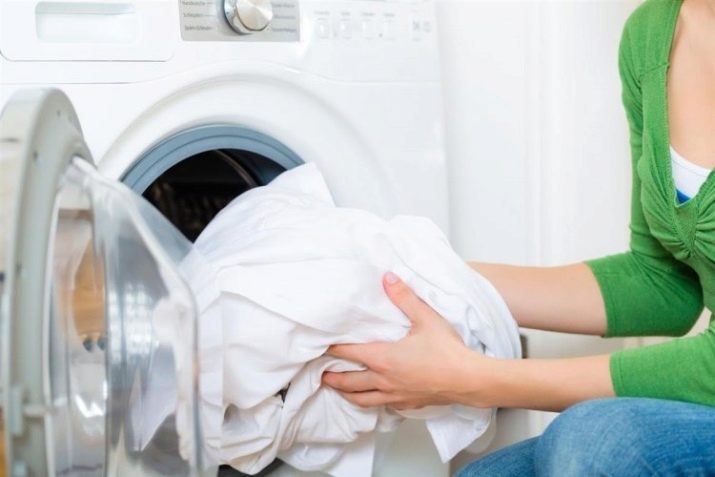
A wide range of bleaching agents can be found in household chemical stores. They are optical, oxygen and chlorine based. Their features:
- Optical whitening agents are contained in powders. They only create a visual effect of whiteness, but in reality bleaching does not occur, since they do not remove dirt and stains;
- Oxygen bleaches are safe because they do not contain chlorine. They bleach effectively even in cold water and can be used for delicate types of fabrics. The only drawback of this tool is the high price;
- Chlorine-based products are inexpensive, perfectly disinfect and perfectly bleach products. Applicable only for hand wash. This type of bleach has a lot of disadvantages. It is able to spoil the tissue, is unsafe for the respiratory tract, often causes an allergic reaction. Using this tool, it is necessary to ventilate the room, use a protective mask and gloves.
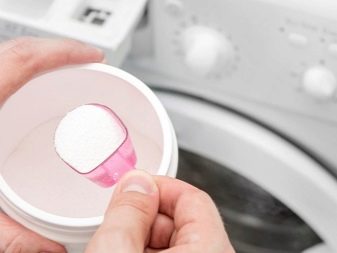
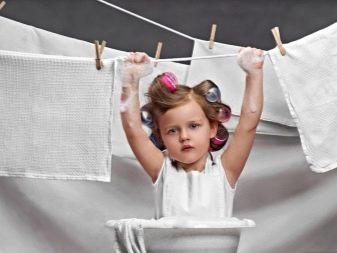
In addition to store bleaches, many use folk methods. Consider some of the most common ones:
- Boiling. Cotton and linen products can be washed at very high temperatures, so boiling is allowed for these fabrics. In addition to effective whitening, boiling perfectly eliminates unpleasant odors if stored wet. The boiling process is as follows:
- At the bottom of the enamel pan put a white cloth;
- Make a solution of soap or powder. Stains can be additionally soaped;
- A well-expanded set of linen is placed in a pan, poured with a prepared soapy solution;
- If there is severe contamination, add 1 tablespoon of ammonia to the container;
- Boil the laundry for at least an hour, stirring with a wooden stick.
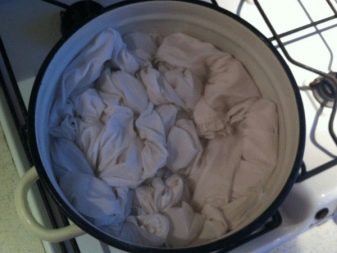

- Another bleaching agent known to the mistresses from the Soviet era is "White". It contains chlorine, for this reason it can be used only for hand washing and only for cotton products. To prepare the solution, you need to add 1 tablespoon of "White" to 3 liters of water. Put things in the solution for half an hour, then rinse thoroughly;
- Baking soda It is also a good and safe bleach. In 10 liters of water add 5 tablespoons of ammonia and mix with 10 tablespoons of soda. Light linen is placed in the prepared solution for 2-3 hours. Then washed in a machine;
- Hydrogen peroxide well bleaches all types of fabric. First you need to wash the laundry. Prepare a solution by mixing with each other 30 ml of peroxide, 30 ml of ammonia and 5 liters of water. Soak the washed laundry in the resulting solution for half an hour. Then rinse and dry.

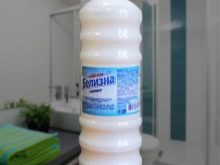
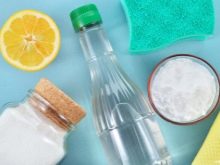
How to remove stains?
To remove stains from heavily soiled bedding at home, it must first be soaked in water at a temperature no higher than 40 degrees. It is especially important to observe the temperature regime during washing if stains from cake, cream or other similar products are on the textile, since at high temperatures they tend to curl up and it will be very difficult to get rid of these stains later.
If you add a few grams of soda, powder or ammonia solution to the water where bedding will be soaked, then most of the contaminants will soften and be removed. For very dirty laundry, adding powder when pre-soaking is mandatory.
You can also use stain remover prewash in the machine. The temperature should be set at 60 degrees. The linen in this program prepares for the main wash from half an hour to an hour. During the main wash, the remaining stains will be removed.
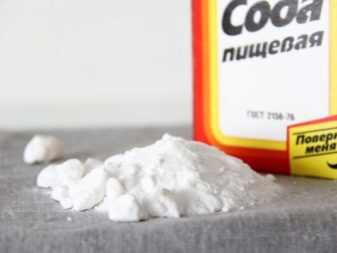
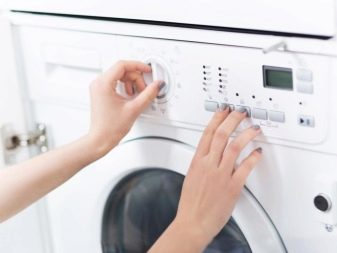
Washing frequency
Bed linen must be changed as it becomes soiled, on average once every seven days. During this period of time, linen loses freshness, but is still easy to wash. In the cold season, you can change sets once every two weeks, as a person uses pajamas and closed home clothes for sleeping.
Pillowcases are recommended to be washed more often because of their rapid contamination as a result of contact with face skin and hair, on which traces of decorative cosmetics remain. In that case, if a person is sick and fever, then his set of clothes needs to be washed daily.
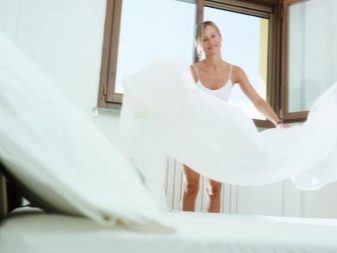

How to dry?
Bedding should be dried immediately after washing. If drying clothes in the machine, then it is necessary to use the delicate mode. To dry textiles on the street or open balcony, it is recommended to turn them inside out to protect the material from fading.
Proper drying will make subsequent ironing easier and faster.
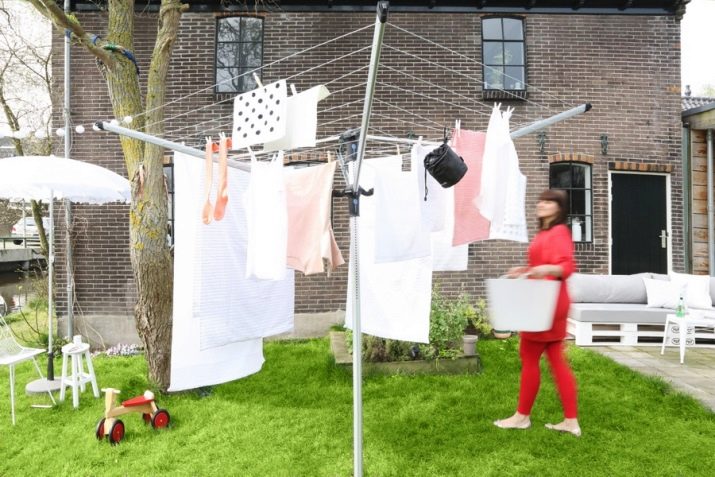
Do I need to iron?
There are many opinions regarding ironing sheets. Someone thinks that ironing is necessary, and someone is of the opinion that this process is an unnecessary waste of time. Consider all the advantages and disadvantages of ironing.
Of the advantages distinguish:
- Ironed linen becomes softer to the touch and it is more comfortable to sleep on it;
- Textiles after ironing look neat and spotless;
- Ironed bedding will last longer;
- With the help of ironing, all microbes and bed mites are eliminated.
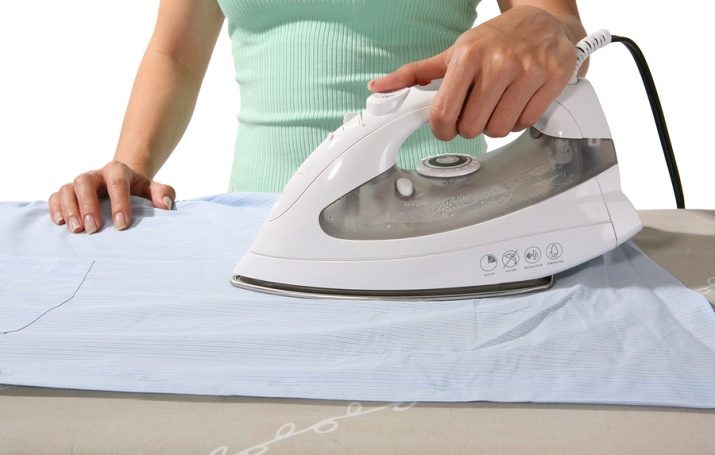
Of the shortcomings, the following should be noted:
- In summer, sleeping on ironed linen is less comfortable;
- High power consumption for ironing one or more sets;
- Some fabrics after the iron begin to become very electrified.
If there is a baby in the house, then ironing his bedding is mandatory. Ironing is also required if one of the family members is ill with colds or skin diseases.

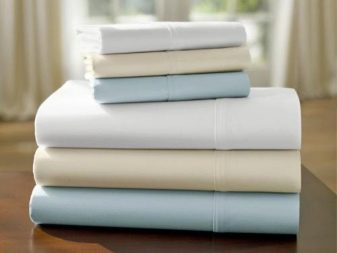
For more information on how to wash bedding in a washing machine, see the next video.
